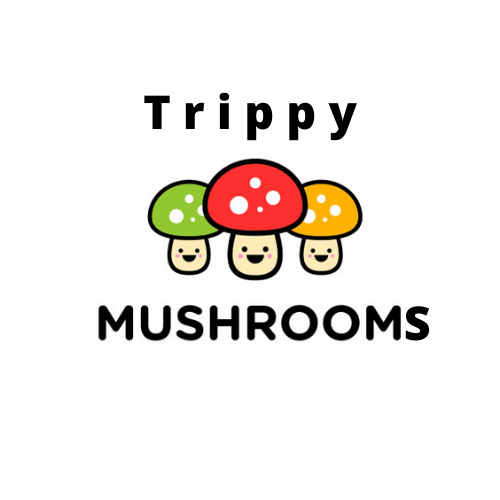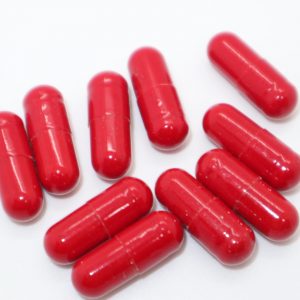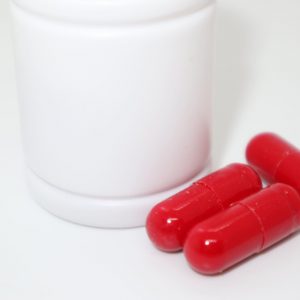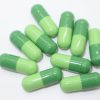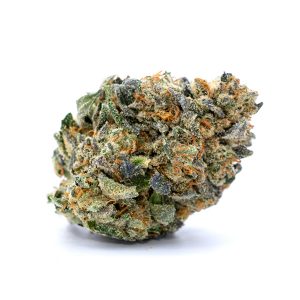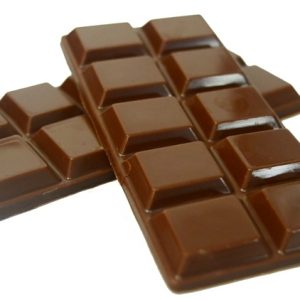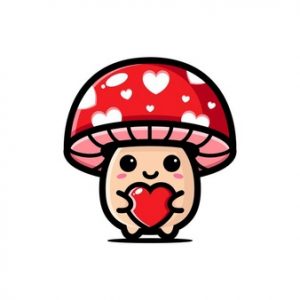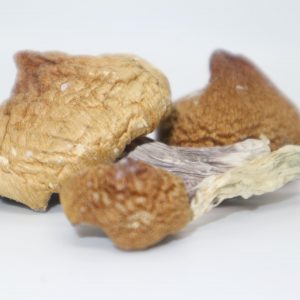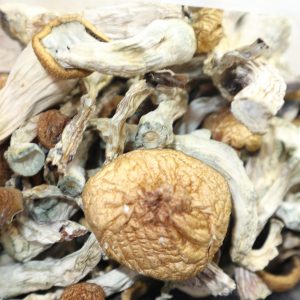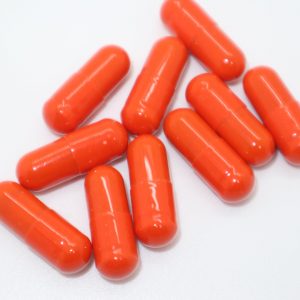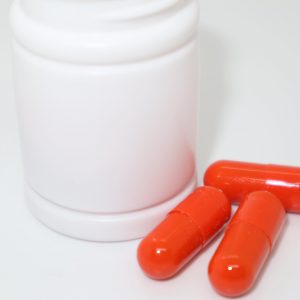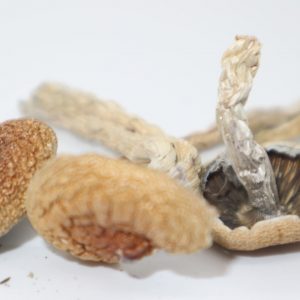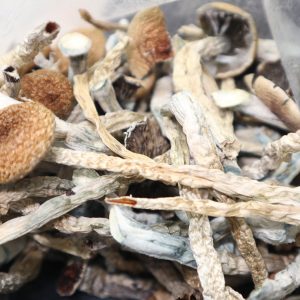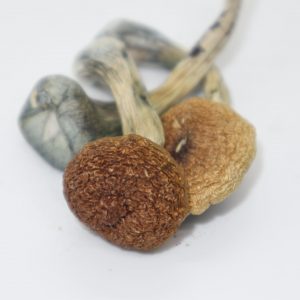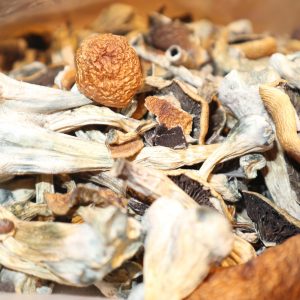No products in the cart.
Psilocybe Baeocystis Shroom Capsules (red)
$35.00 – $99.00
Earn up to 99 Trip Tokens.
- Gentle Experience
- 325MG – 350MG Per Capsule
- Red Capsules / Baeocystis
- What You See Is What You Get 🙂 100% Organic Photos
SKU: N/A
Categories: Magic Mushrooms, Micro-Dosing Capsules
Tags: are magic mushrooms fun, are shrooms good to eat, are shrooms harmful, are shrooms illegal, are shrooms safe?, best magic mushrooms in canada, buy bulk magic mushrooms, buy bulk shrooms, buy lsd now, Buy Magic Mushrooms, buy magic mushrooms now, buy magic shrooms, buy psychedelic shrooms, buy psychedelics mushrooms, buy shrooms canada, Buy Shrooms Online, buying magic mushroom, can you overdose on shrooms, canadian shrooms, chocolate shrooms, Dried Shrooms, growing magic mushrooms, how long do shrooms last, how much do shrooms cost, How to find Shrooms, magic mushroom, Magic Mushrooms, magic mushrooms canada, magic mushrooms dispensary, magic mushrooms fun, micordosing canada, microdosing, microdosing capsules, microdosing mushrooms, microdosing shrooms, mushroom society, mushrooms, mushrooms canada, old cap mushrooms, order magic mushrooms, order magic mushrooms canada, order magic mushrooms online, order mushrooms online, order shrooms canada, order shrooms online, Penis Envy Mushrooms, Psilocybe Semilanceata, Psilocybe Semilanceata Capsules, Psilocybe Semilanceata Shrooms, psychedelic, psychedelics canada, psylocibin, shroom, shroom dispensary canada, shroom strains, shroom tea, shrooms, Shrooms Canada, shrooms dosage, shrooms for sale, shrooms online, shroomstrip, trippy mushrooms, Where to buy Shrooms, wild mushrooms.
Psilocybe Baeocystis
Baeocystis is a psilocybin mushroom of the family Hymenogastraceae.
It contains the hallucinogenic compounds psilocybin, psilocin and baeocystin.
The species is commonly known by various names such as bottle caps, and blue bells
Psilocybe baeocystis is solitary to cespitose, and scattered to numerous on ground bark
A relative oddity concerning this species is that its potency is markedly higher when fresh
usually diminishing to at least half with drying.
This may be attributed to the very high levels of baeocystin
a psychoactive analog of psilocybin
that can degrade with age and lower humidity.
This compound, common within Psilocybe but usually at much lower levels
is named for the mushroom itself.
Along with the compound that shares its namesake
P. baeocystis also boasts levels of psilocin that place it in the top three.
While the amount of psilocybin ranks near P. cubensis, moderate to low
this species also contains a small but effective quantity of norbaeocystin
a similar alkaloid to the rest.
this makes for a very potent mushroom when fresh.
a large dose would be 1-3 mushrooms or up to five grams.
When dried, a sample of only one gram can produce vivid effects.
Due to both the overall potency of the species and the specific importance on the freshness of the fruiting bodies
P. baeocystis is a rare but advantageous choice for home cultivation.
It is relatively variable in its tolerance for substrate
peat, mulches and humus-based stock may be suitable options.
While they may be confused with similar species such as
P. aztecorum,
P. quebecensis
P. cyanescens.
they are a common wild cultivar primarily to attain their maximum freshness.
Appearance
The cap is 1.5–5.5 cm in diameter and conic to obtusely conic to convex.
The cap margin is turned inwards when young
rarely becoming plane in age, often distinctly rippled
translucent-striate and bruising and aging greenish-bluish about the margin.
It is dark olive brown to buff brown in color, occasionally steel blue;
when dried it tends toward copper brown in the center.
It is hygrophanous, fading to milk white, and viscid when moist from a gelatinous pellicle, usually separable.
The flesh is thin and bruises blue easily.
The gills are close with adnate to sinuate attachment and are grayish to cinnamon brown, with the edges remaining pallid.
The stipe is 5–7 cm long, 2–3 mm thick, and equal to subequal.
The color is pallid to brownish with white filaments
while often more yellowish towards the apex.
Distinct rhizomorphs are found at the base.
The stipe is brittle, stuffed with loose fibers and the partial veil is evanescent
rapidly becomes indistinguishable.
It stains blue easily where damaged.
Psilocybe baeocystis has a farinaceous smell and taste.
Habitat and Distribution
Often found growing under plants like rhododendrons and rose bushes in mulched garden beds
sometimes growing amongst other Psilocybe species such as Psilocybe stuntzii and Psilocybe cyanescens.
Psilocybe baeocystis grows from August through December, and rarely as early as the end of June.
Psilocybe baeocystis is a hemiboreal mushroom
Common throughout the Pacific Northwest.
It was found in Maine in November 2007 and is reported to have been found in Connecticut also.
As usual Trippy Mushrooms would like to remind you that like all medicine the earth has given us
it is important to show respect and refrain from abusing the amazing power that this magic mushroom possesses.
In this section you will find that in order to have the best experience,
You have to plan ahead
Ideally a couple of days before so you can mentally and physically prepare yourself for the mind broadening experience.
There are certain precautions that you should take especially when you have never had an experience with the psychedelic mushrooms.
Stay Safe – Trippy Mushrooms
| Capsules | 10 Caps, 20 Caps, 30 Caps |
|---|
Reviews
There are no reviews yet.
Only logged in customers who have purchased this product may leave a review.
Related products
Bulk Cannabis
Rated 5.00 out of 5
$1,100.00 – $2,100.00
Magic Mushrooms
Rated 5.00 out of 5
$15.00 – $180.00
Magic Mushrooms
$20.00 – $50.00
Bulk Cannabis
Magic Mushrooms
Rated 5.00 out of 5
$17.50 – $200.00
Magic Mushrooms
$35.00 – $99.00
Magic Mushrooms
$16.50 – $200.00
Magic Mushrooms
Rated 4.50 out of 5
$17.50 – $205.00
